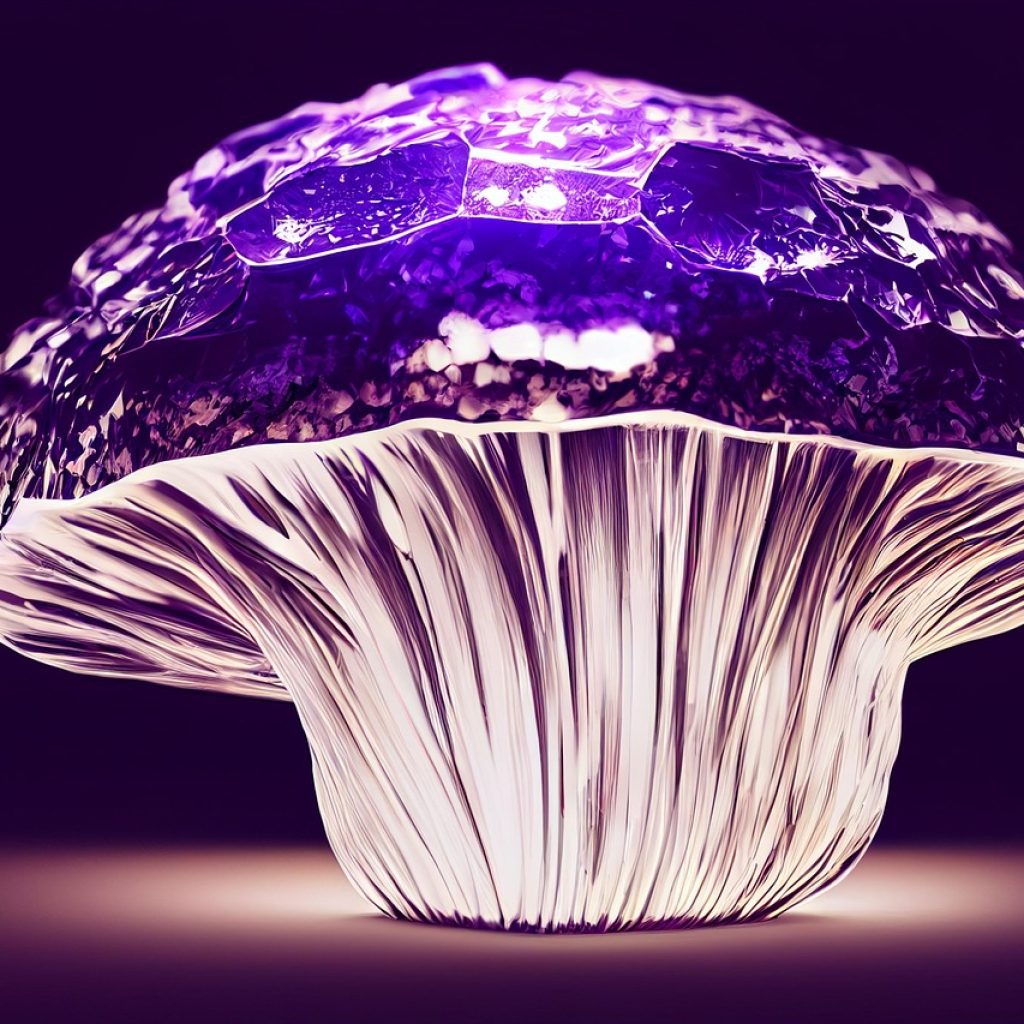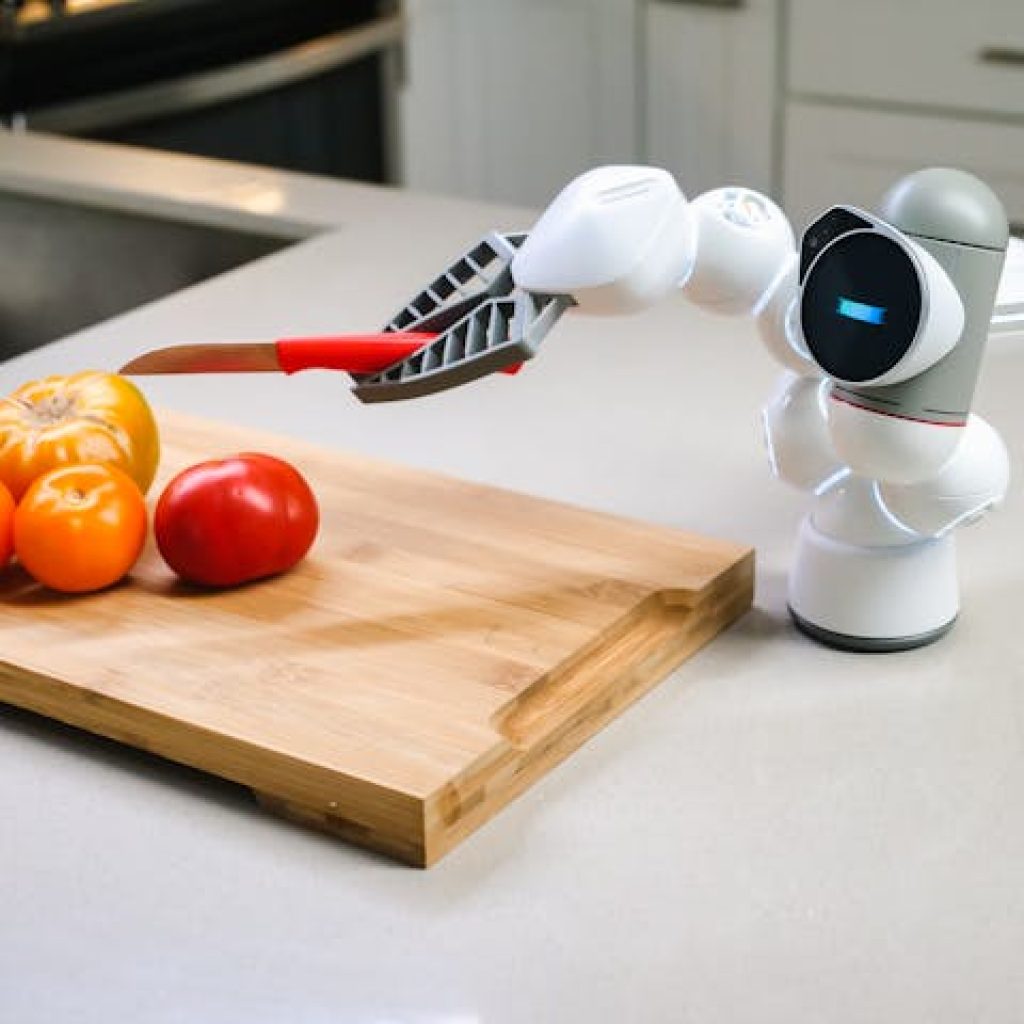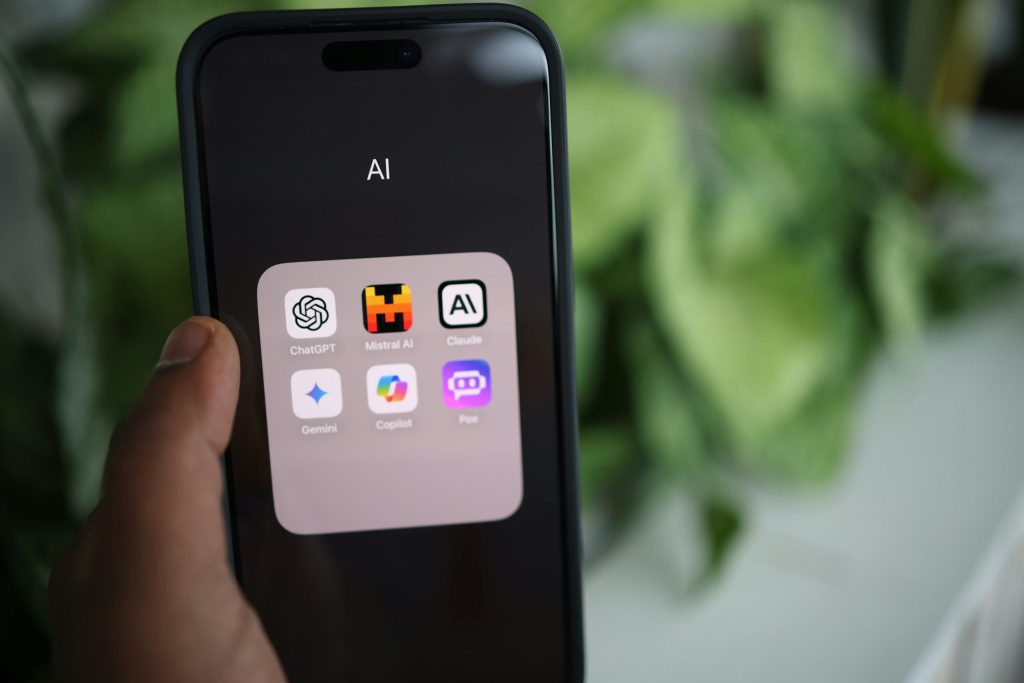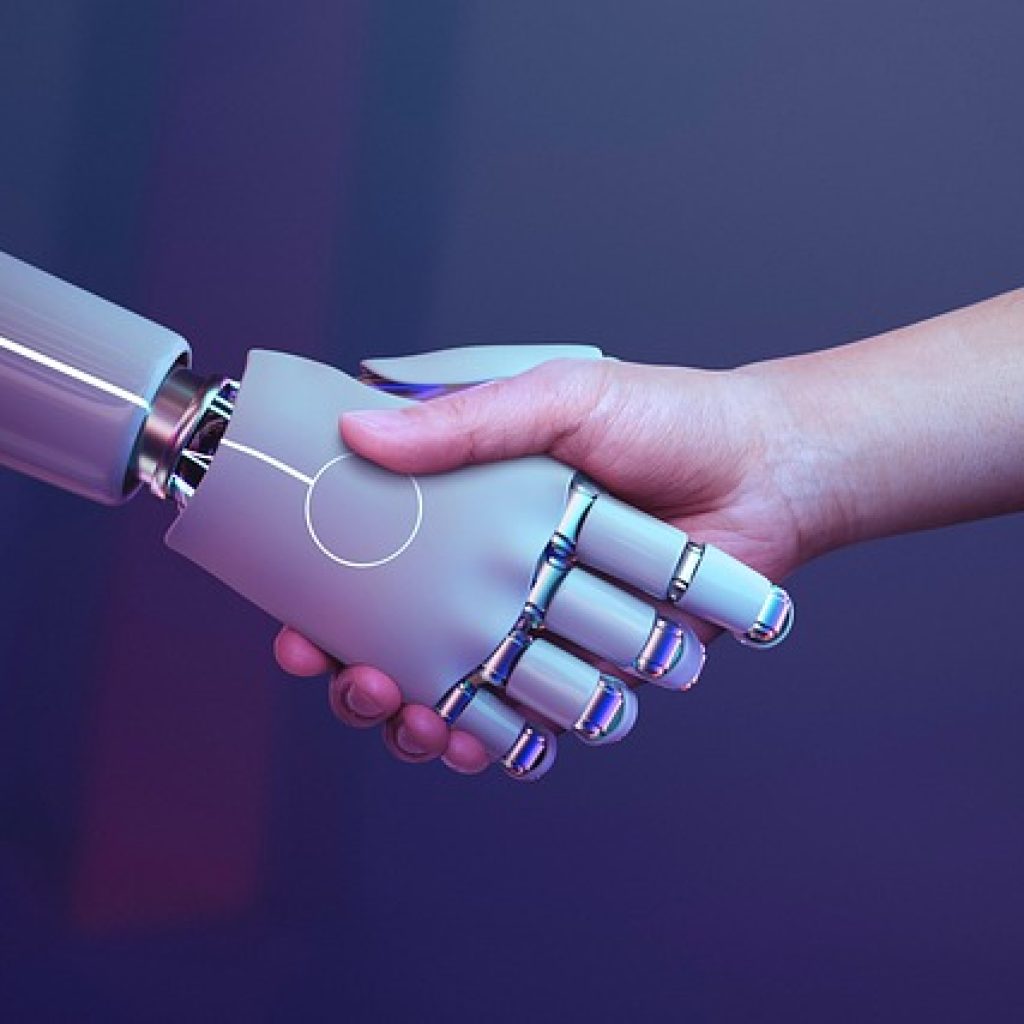Generative AI: Transforming Design and Art Seamlessly
In the ever-evolving landscape of technology, Generative AI has emerged as a groundbreaking force, revolutionizing the realms of design and art. This transformative tool is not only reshaping how we create but also redefining the very nature of creativity itself. As we delve into this fascinating world, we explore how Generative AI is seamlessly integrating into design and artistic processes, offering unprecedented opportunities and prompting essential discussions about the future of creativity.
Redefining Creativity: AI as a Collaborative Partner
Generative AI is more than just a tool; it’s a creative partner that empowers artists and designers to explore new frontiers. Unlike traditional methods, AI doesn’t replace human creativity but enhances it, acting as a catalyst for innovation. Consider tools like DALL-E and Midjourney, which use AI algorithms to generate images from textual descriptions. These platforms exemplify how AI can transform ideas into visual realities, allowing creators to experiment with novel concepts and styles they might never have considered.
The collaboration between humans and AI fosters a symbiotic relationship where each complements the other. AI excels in processing vast data and recognizing patterns, while humans bring intuition and emotional depth. Together, they unlock creative possibilities that were once unimaginable.
Streamlining Workflows: Efficiency Meets Inspiration
Generative AI significantly accelerates the design process, enabling rapid iteration and refinement. Designers can now produce multiple concepts within minutes, thanks to AI’s ability to adapt and learn from feedback. For instance, Adobe’s AI-driven tools suggest design elements based on context, streamlining the creative journey from concept to completion.
In the realm of architecture, AI optimizes building designs for sustainability and functionality, offering solutions that balance aesthetics with practicality. This fusion of efficiency and inspiration highlights AI’s role in enhancing productivity while preserving the artistic essence of design.
Democratizing Design and Art: Breaking Down Barriers
Generative AI Democratizes creativity, making advanced tools accessible to everyone. Amateur designers and artists can now produce professional-quality work, blurring the line between hobbyists and professionals. This democratization fostering a vibrant, inclusive community where anyone can contribute and grow.
The rise of AI-powered platforms lowers entry barriers, enabling individuals to explore their creative potential without extensive training. This accessibility is reshaping the creative landscape, welcoming diverse voices and fresh perspectives.
New Avenues for Monetization: Turning Creativity into Commerce
Generative AI opens exciting avenues for creators to monetize their work. Digital artists can sell AI-generated art as NFTs, leveraging blockchain’s security and transparency. Similarly, designers can offer on-demand services, creating custom designs quickly and efficiently.
The digital marketplace thrives as AI facilitates the creation of unique, high-demand assets. This shift not only supports creators but also transforms how art and design are consumed and valued in the digital age.
Navigating Challenges and Concerns: Ethical and Legal Considerations
While Generative AI offers immense potential, it also raises important questions. Copyright issues surrounding AI-generated content prompt discussions about ownership and authorship. There are concerns about job displacement, though the focus should be on how AI can augment human capabilities rather than replace them.
Addressing these challenges requires collaboration among creators, policymakers, and technologists. Ethical guidelines and regulations will be crucial in navigating this evolving landscape.
The Future of Creativity: Embracing AI as an Enabler
Looking ahead, Generative AI will continue to be a powerful enabler of creativity. By augmenting human capabilities, AI will push the boundaries of design and art, fostering innovation and growth. The key lies in embracing AI as a tool that enhances, rather than diminishes, human creativity.
Conclusion
Generative AI is redefining how we approach design and art, offering a future filled with possibilities. As technology evolves, the creative process becomes more efficient and accessible, fostering a world where AI and humans collaborate to produce extraordinary works. Embracing this transformation with clarity and purpose will ensure that creativity continues to flourish in the age of AI.
Ready to explore more on how technology is reshaping our world? Visit TechyPot.com for in-depth insights and the latest tech trends.



